Who needs to buy fruit at the store, when nature’s fruit market is open for business, at no charge, right?
In Nebraska, from a general standpoint, we are either at or nearing the time when many edible wild, native fruits and berries, packed with vitamins and antioxidants, and tasty to the tongue, are ready to be picked!
There are so many things you can do with wild fruits and berries. They can be eaten directly in the field, or taken home and used as toppings on cereals, salads and ice cream or made into smoothies, jams, jellies, preserves, pies, cobblers, syrups, sauces and wines.
The fruits/berries of crabapple, chokecherry, ground cherry, sand cherry, gooseberry, blackberry, elderberry, serviceberry, buffalo berry, currant, wild grape and plum all should now be checked and/or monitored in your region for ripeness and any leaf damaged caused by Japanese beetles.
Of course, mulberry fruit has been ripe for sometime.

Chokecherries are ripe in the Nebraska Sandhills.
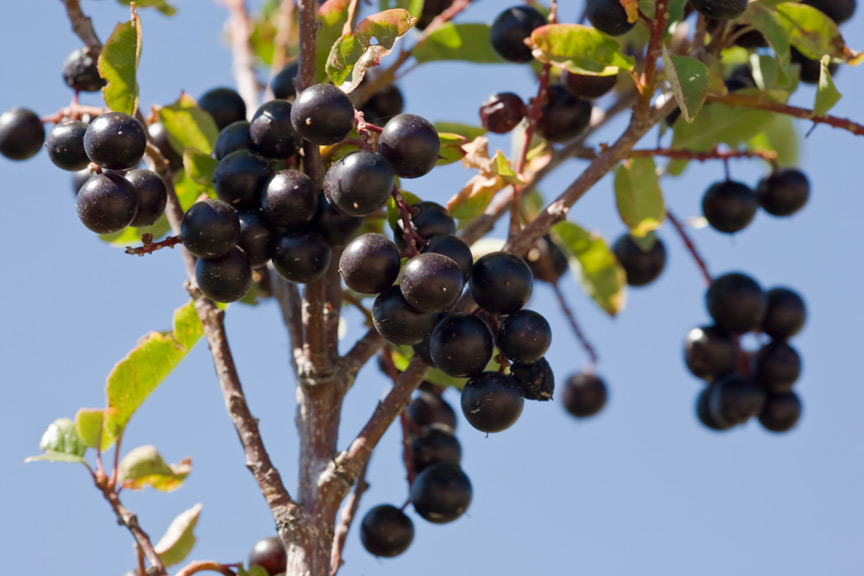
A prairie treat, sand cherries are now prime for the picking at some locations!

In a few weeks summer crab apples should be ready for harvest.
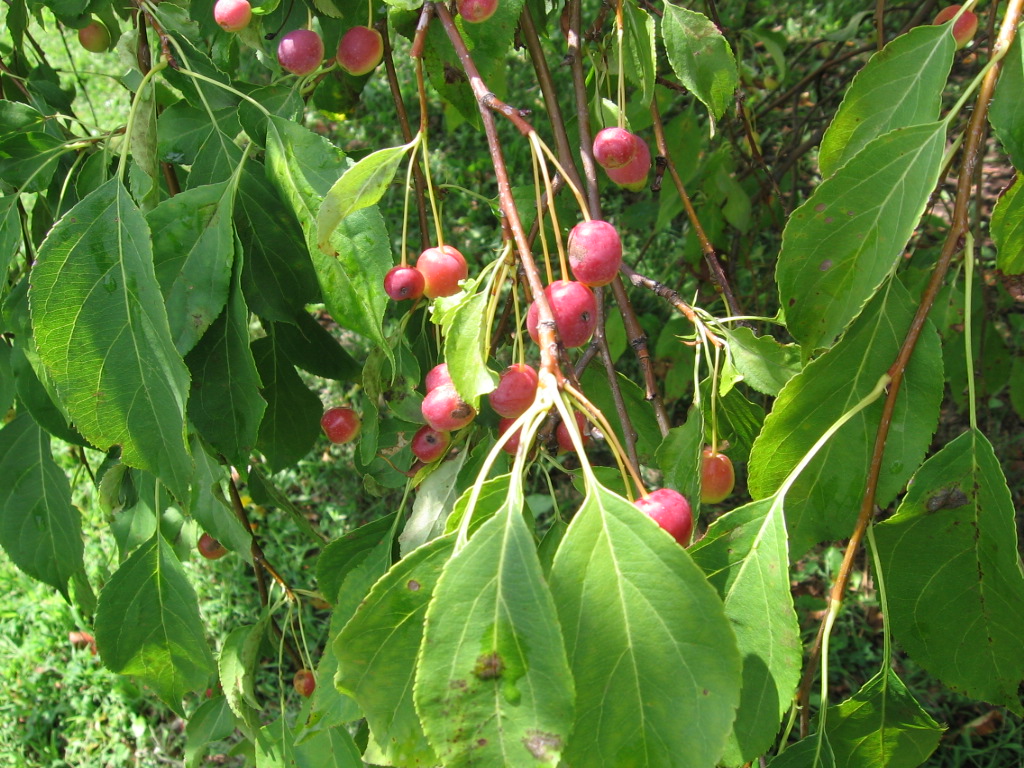
Also in a few weeks, wild elderberries should be sought for harvest.
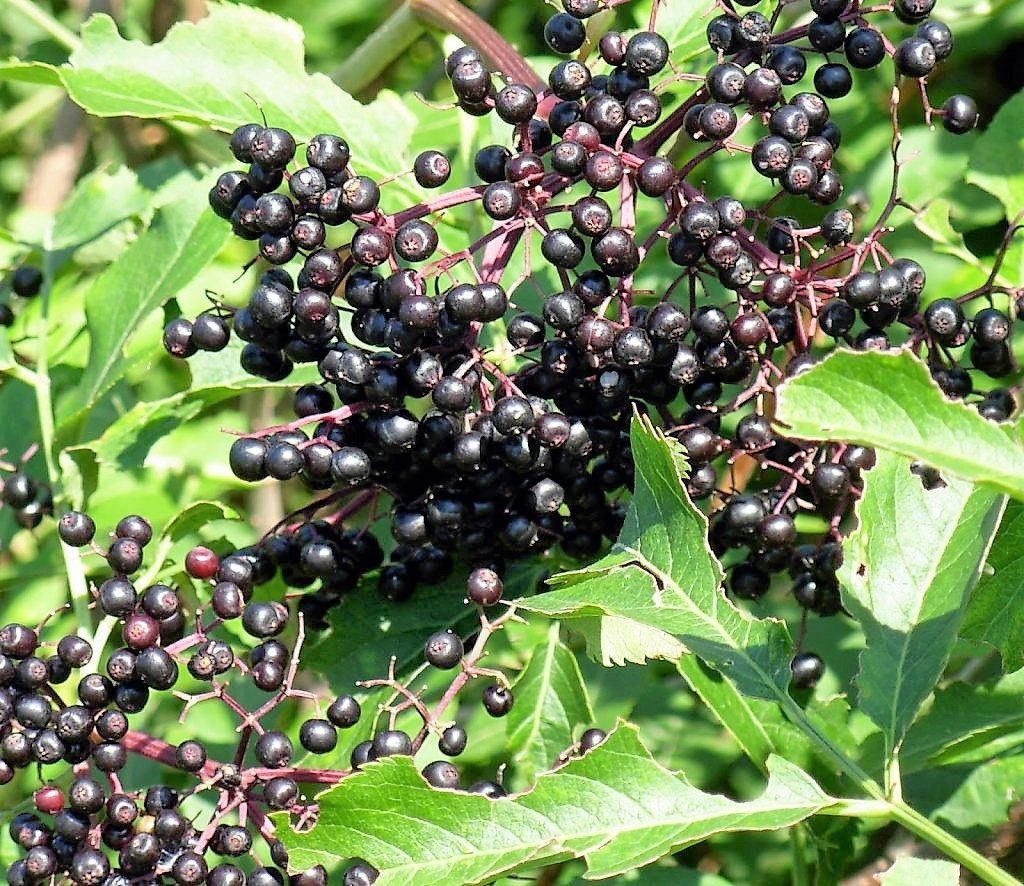
Around Labor Day or shortly thereafter, plums most likely will be ripe for gathering.
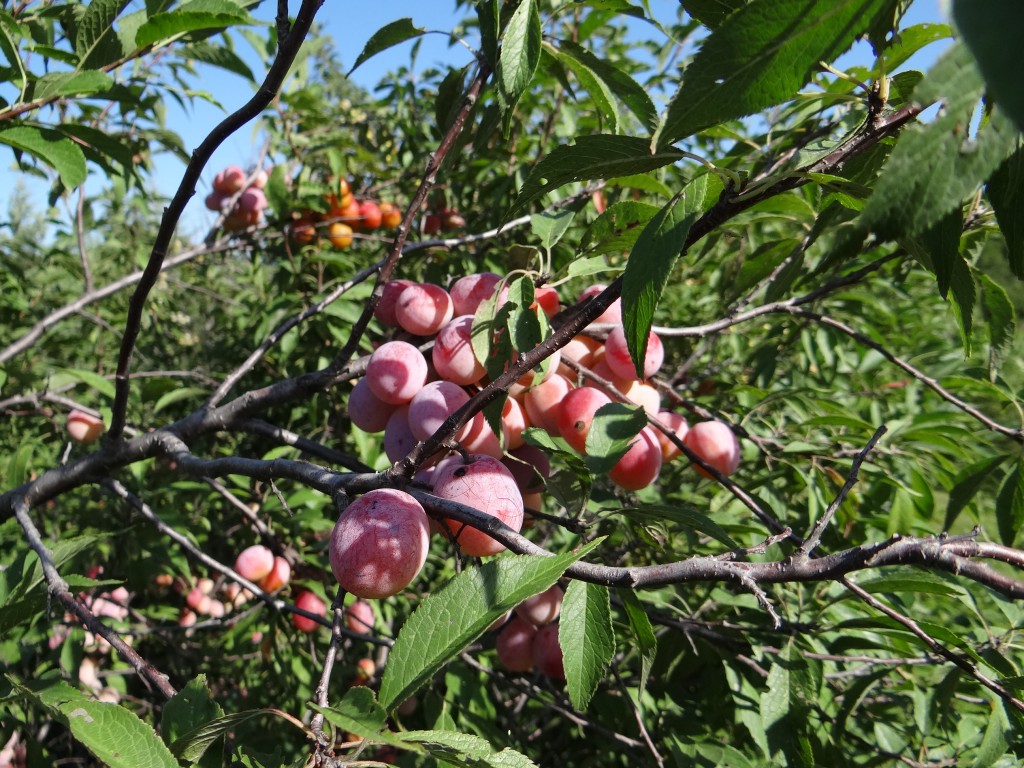
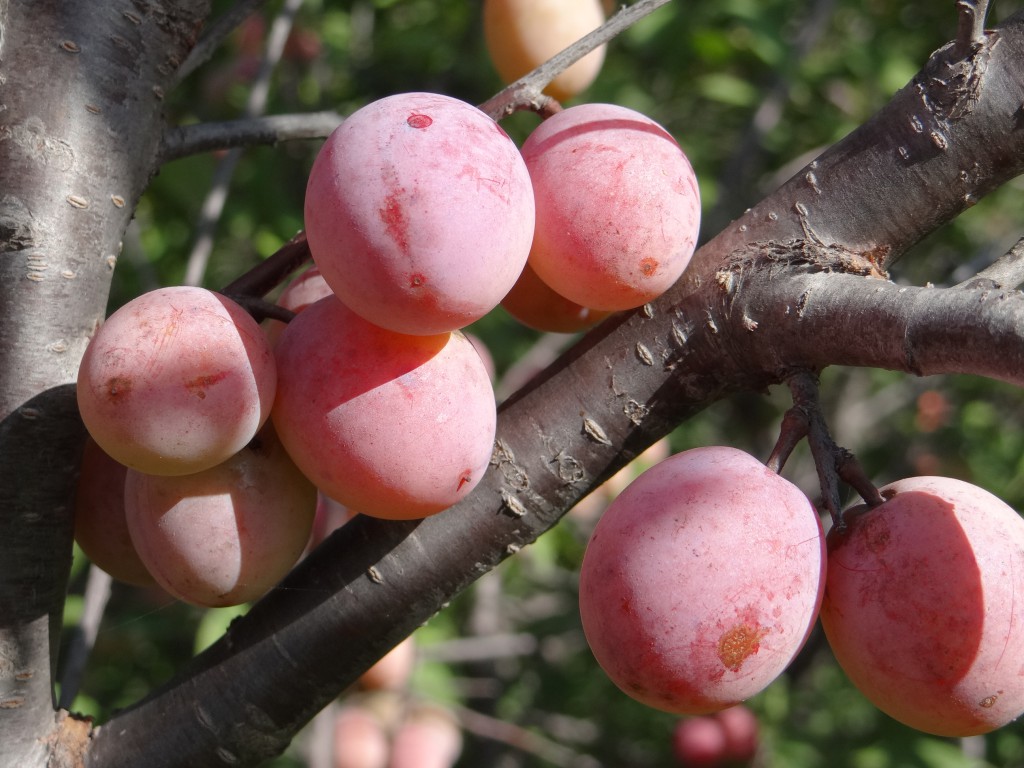
Before you get started in harvesting wild fruits and berries in Nebraska, there are a some foraging rules, regulations and guidelines that apply.
Ask the farmer or rancher first! You must acquire permission before gathering wild fruits on private property – even if it’s just across the fence along the edge of a public road. Think how you’d feel or what you’d do if the tables were turned! Additionally, you’ll find that landowners are wonderful resources of information about wild edible fruits. You also need to ask an individual landowner if any potentially harmful pesticides or herbicides have been sprayed on or near the fruit you intend to pick! As a gesture of thanks for being allowed on the property, offer the landowner some of your bounty.
Public lands available? For the Nebraska state park lands, by regulation, a person needs to see the area park superintendent for permission to harvest wild fruits and berries for personal use by hand. Regarding state wildlife management areas, the picking or removal of fruits and berries is prohibited unless special permission has been granted by the wildlife division of the Nebraska Game and Parks Commission. Prior to foraging for any wild edibles on a given tract of public land, make certain to contact the governing authority to find out if it is allowable to do or not.
Where exactly to look (and not to look). Wild fruits and berries in Nebraska can be found in a number of locations — along the edges of woodlands, old shelterbelts, fence lines, farm fields, pastures, overgrown meadows, ditches, abandon farmsteads and along rivers and creeks. Keep in mind that fruit trees/vines and berry bushes mainly thrive in the sun. As mentioned, field edges or meadow margins are key places to look. Also, take note: Often the best fruits are hidden in the middle of the plant. And, it is best to avoid fruits and berries right next to busy roads: Besides traffic safety concerns, roadside berries may collect heavy metals from exhaust or store toxins from roadside spraying.
Know what you’re going to pick. If you are not confident at identifying fruit-bearing trees or berry-producing plants, go with someone who knows what they’re going to pick or use a handy mobile phone app related to identification of various tree species or wild edible fruits and berries. By the way, if you see a bird eating a wild fruit, don’t assume that it is safe to eat! Birds eat many wild berries that are poisonous to humans.
Have the right container, and don’t compress them. Put your fruits in a shallow bucket or basket. Lightweight plastic bowls also work well. It is okay to fill the container, but be gentle and don’t apply pressure to compress or pack the fruits or berries.
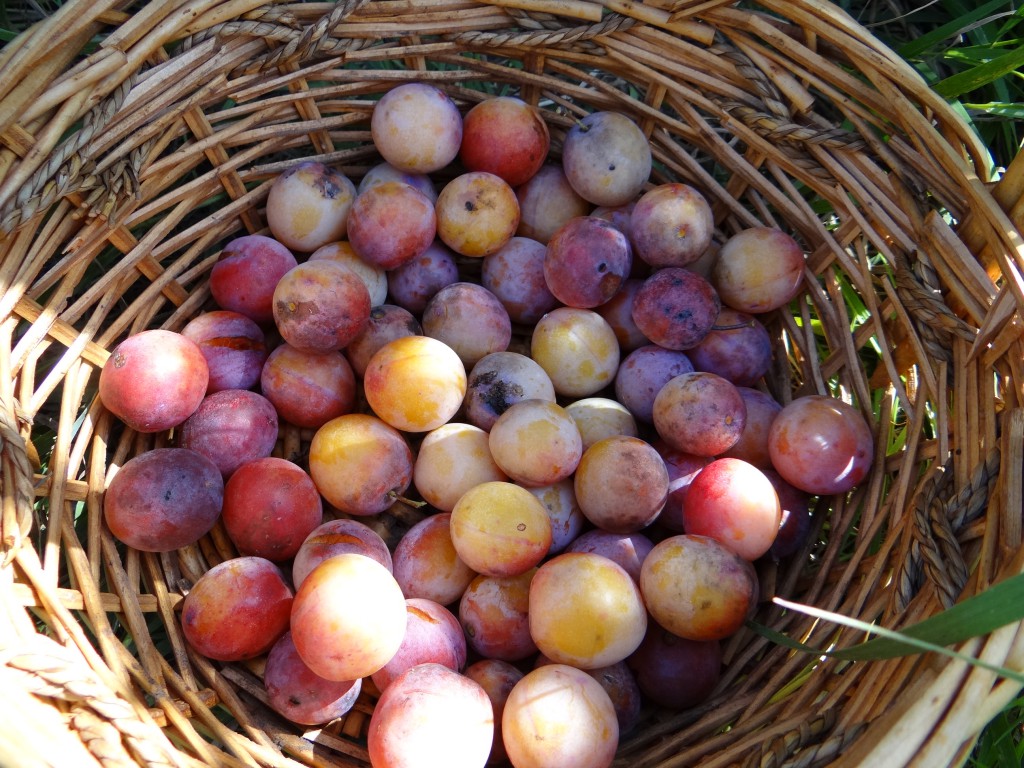
A bit of caution. While picking wild fruits such as plums, exercise a bit of caution. The twigs of some of these scrubby trees may be covered with dull pointed thorns that can sometimes prick you. Expect insects (e.g. wasps, mosquitoes, chiggers) to be present as well as irritating plants, to your skin (e.g. poison ivy, stinging nettles). It is also a good idea to make a little noise to alert fruit-nibbling critters (e.g. fur-bearing animals, snakes, birds) of your presence.
Sample the fruit. If you have never tasted wild fruits, you should try a couple before you collect a bunch. There’s no point in picking something you don’t like and that may go to waste. Wild fruits and berries tend to be tart, but keep in mind that many recipes call for ample amounts of sugar or sweetener to be added to counteract that sharp, sour taste.
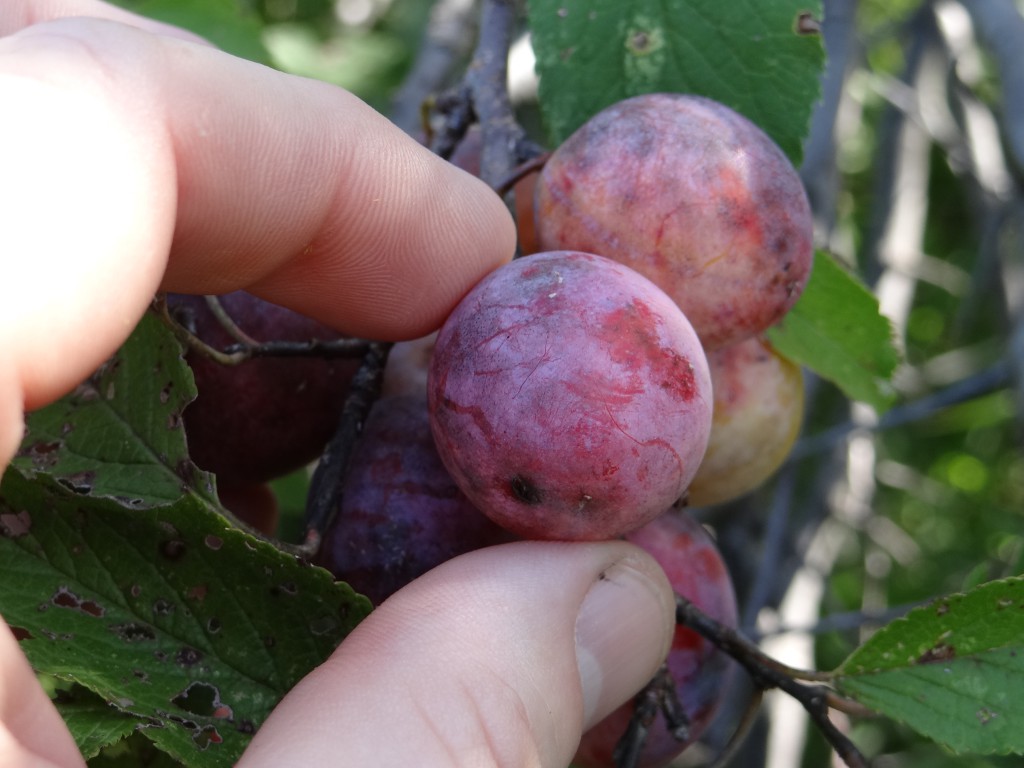
Take only what you can use. Don’t take more fruit than you can use, please. Remember that other people may want to harvest some wild fruits and berries as well, and that these are important food sources for a variety of wildlife. Don’t take an overabundance of fruit that you might let spoil.
After the harvest. Keep your wild fruits in the shade and get them into the refrigerator or a iced cooler as soon as you can. They’ll keep for a few days, possibly a week, in the fridge. Don’t wash them until right before you’re going to use them. To wash, rinse the berries in cool water, discarding any rotten or squashed ones. Some veteran fruit pickers like to soak their fresh fruits for about an hour or so in salt water to dislodge any small insects that might be hiding on or within them.
Involve kids. By all means involve kids in the harvest of these various fruits and berries, too, plus making goodies out of them. The kids will have a blast!
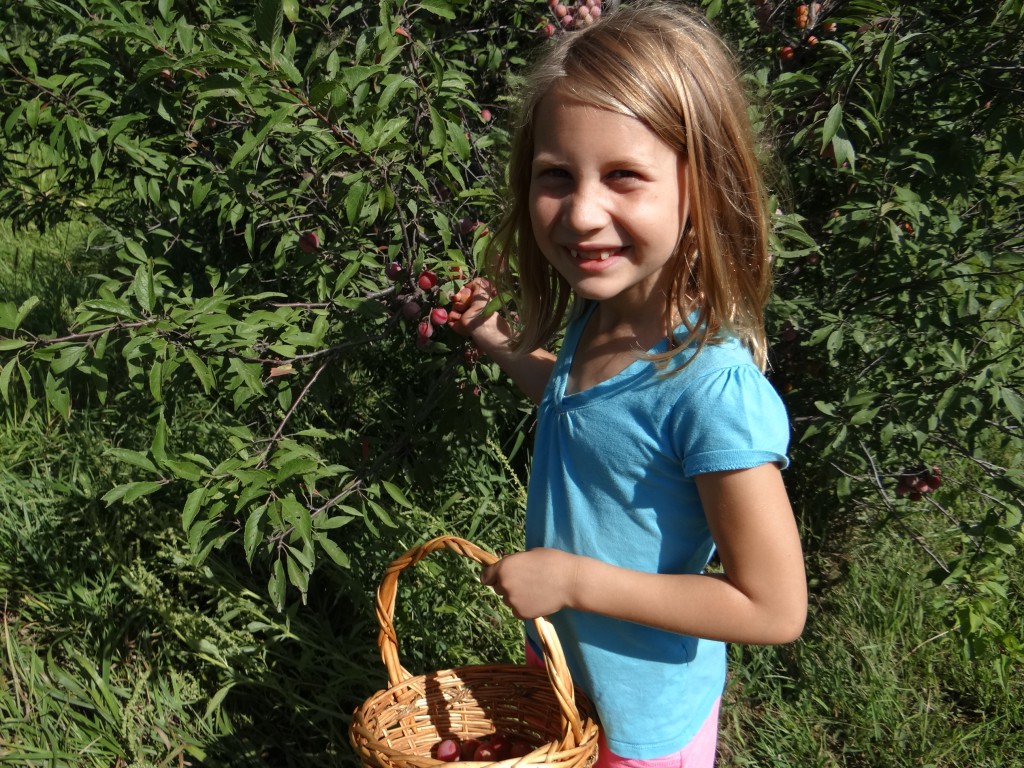
Foraging for wild edibles is among those wonderful family activities that help foster an appreciation of nature. Truly, there’s something kind of magical about eating stuff found in the outdoors!

I believe it’s more important than ever to take kids on foraging adventures for wild fruit so they fully understand the origins of their food and how this fits into the locavore movement (an effort to eat food that is locally produced and not moved long distances to market)!
So, why not begin a wild edible picking tradition with your children, grandchildren, nieces, nephews or young neighbors today. It will continue into adulthood!
If you plan to make syrups, jellies or wines, it is important to know when the fruit becomes available. These are ripening periods for various Nebraska wild fruits and berries.
APPROXIMATE RIPENING DATES FOR NATIVE FRUITS AND BERRIES IN NEBRASKA
Mulberry – mid June to mid July
Strawberry – mid June to mid July
Raspberry – late June to mid July
Chokecherry – mid July to mid August
Currant – mid July to early August
Sand Cherry – early July to early August
Gooseberry – mid July to mid August
Ground Cherry – July to September
Blackberry – late July to early August
Buffalo Berry – late July to early September
Elderberry – mid August to mid September
Wild Grape – late August to early October*
Plum – late August to early October*
*light frost improves flavor
This blog post would not be complete without a recipe or two, right? So, here are a couple favorites of the Wagner family.
Chokecherry Syrup
Ingredients
8 cups ripe chokecherries
about 1/2 to 1/4 cup water
4 cups sugar
1 pkg fruit pectin (use liquid type)
Directions
Wash and remove stems from cherries. Place in a large kettle, adding just enough water to prevent scorching. Simmer until soft, mash, then strain and measure about 4 cups of juice. Place back in kettle, add pectin, and bring to a boil. Stir in sugar, boil hard for 1 minute, skim, and pour into sterilized jars.
Plum Ketchup
Ingredients
2 cups cooked and strained plum puree
¼ cup apple cider vinegar
½ cup honey
1 teaspoon cinnamon
½ teaspoon ground cloves
a few scratches of nutmeg
½ teaspoon salt
pepper to taste
Directions
- Mix all the ingredients and bring this mixture to a very low simmer.
- Let the mixture cook until it thickens considerably.
- Taste while the batch is cooking and vary the amount of vinegar, sweetener and spices in this recipe to suit your tastes. Just keep tasting it until it hits the right notes for your palate.
- Let the mixture cook gently over low heat for 20 minutes, or until it reaches a thick, jam-like consistency.
- Keep refrigerated.
Enjoy!
The post Wild about Nebraska Fruits and Berries appeared first on NEBRASKALand Magazine.














